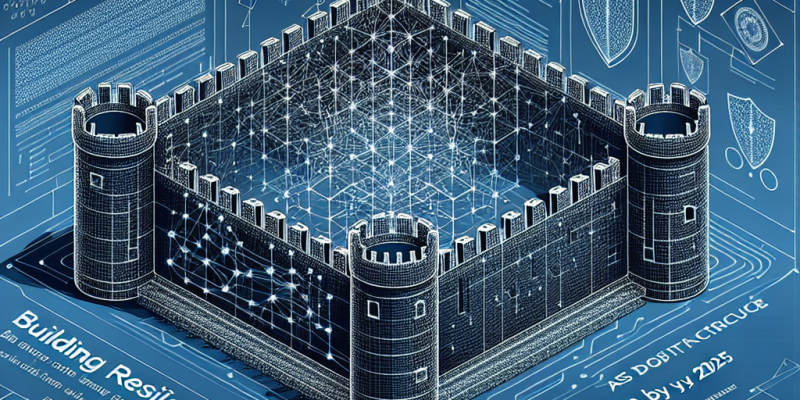Building Resilience: Zero Trust Architecture as a Standard by 2025

Building Resilience: Zero Trust Architecture as a Standard by 2025
As we move through 2025, the topic of cybersecurity is more critical than ever. Organizations face a growing number of cyber threats, and traditional security methods are no longer enough to keep data safe. This is where Zero Trust Architecture (ZTA) comes in. By the end of this year, many experts believe that ZTA will become a standard practice for securing networks. But what does Zero Trust mean, and how can it help us build resilience in our digital environments?
What is Zero Trust Architecture?
Zero Trust is a security model that operates on the principle of “never trust, always verify.” Unlike traditional security models that assumed everything inside a network perimeter was safe, Zero Trust approaches every request as if it comes from an untrusted source. This means that users, devices, and applications must continuously verify their identity and permissions, no matter where they are connecting from.
Why Zero Trust Matters in 2025
-
Increasing Cyber Threats: In 2025, the frequency of cyberattacks has risen dramatically. Hackers are becoming more sophisticated, employing advanced techniques to breach systems. Zero Trust helps by ensuring that access is granted only to those who need it and only for the required times.
-
Remote Work and Mobility: The pandemic has changed how we work. More employees are working remotely than ever before. Zero Trust accommodates this new environment by applying security measures regardless of location. This ensures that even if someone is working from home, their access to sensitive information is still secure.
-
Protection of Sensitive Data: Organizations handle vast amounts of data, including personal information and financial records. A Zero Trust model ensures that this data is protected at all times, regardless of where it is stored or accessed.
Key Components of Zero Trust Architecture
-
Identity and Access Management (IAM): At the core of Zero Trust is the importance of verifying identities. Strong IAM solutions help manage who has access to what data and under what circumstances.
-
Micro-Segmentation: This involves dividing networks into smaller, isolated segments. This way, if one area is compromised, the attacker cannot easily access other parts of the network.
-
Continuous Monitoring: Zero Trust requires ongoing analysis of user activities and network traffic. By continuously monitoring for suspicious behavior, organizations can respond to threats quickly.
-
Least Privilege Access: This principle involves giving users the minimum level of access they need to perform their jobs. By limiting access rights, the potential damage from a compromised account is reduced.
How to Implement Zero Trust
-
Assess Your Current Security Posture: Understand where your organization stands regarding cybersecurity. This can help identify areas that need improvement.
-
Define User Roles and Access Levels: Establish clear roles and define who should have access to which resources.
-
Invest in Technology: Implement IAM solutions, firewalls, and monitoring tools that support a Zero Trust approach.
-
Educate Employees: Training staff on security best practices is key. They should understand the importance of verifying requests and recognizing potential threats.
-
Regularly Review and Adjust: Cyber threats are always changing. Regularly review your Zero Trust policies and adjust them as necessary to stay ahead of potential risks.
Conclusion
As we stand in 2025, the shift towards Zero Trust Architecture is not just a trend, but a necessity for organizations striving to build resilience against cyber threats. By adopting a Zero Trust model, companies can safeguard their data, protect their networks, and ensure that they are prepared for whatever challenges may come. Embracing this approach will not only strengthen security but also foster a culture of vigilance and responsibility in the workforce.
In a rapidly evolving digital landscape, the move to Zero Trust is a crucial step toward a safer and more secure future.














